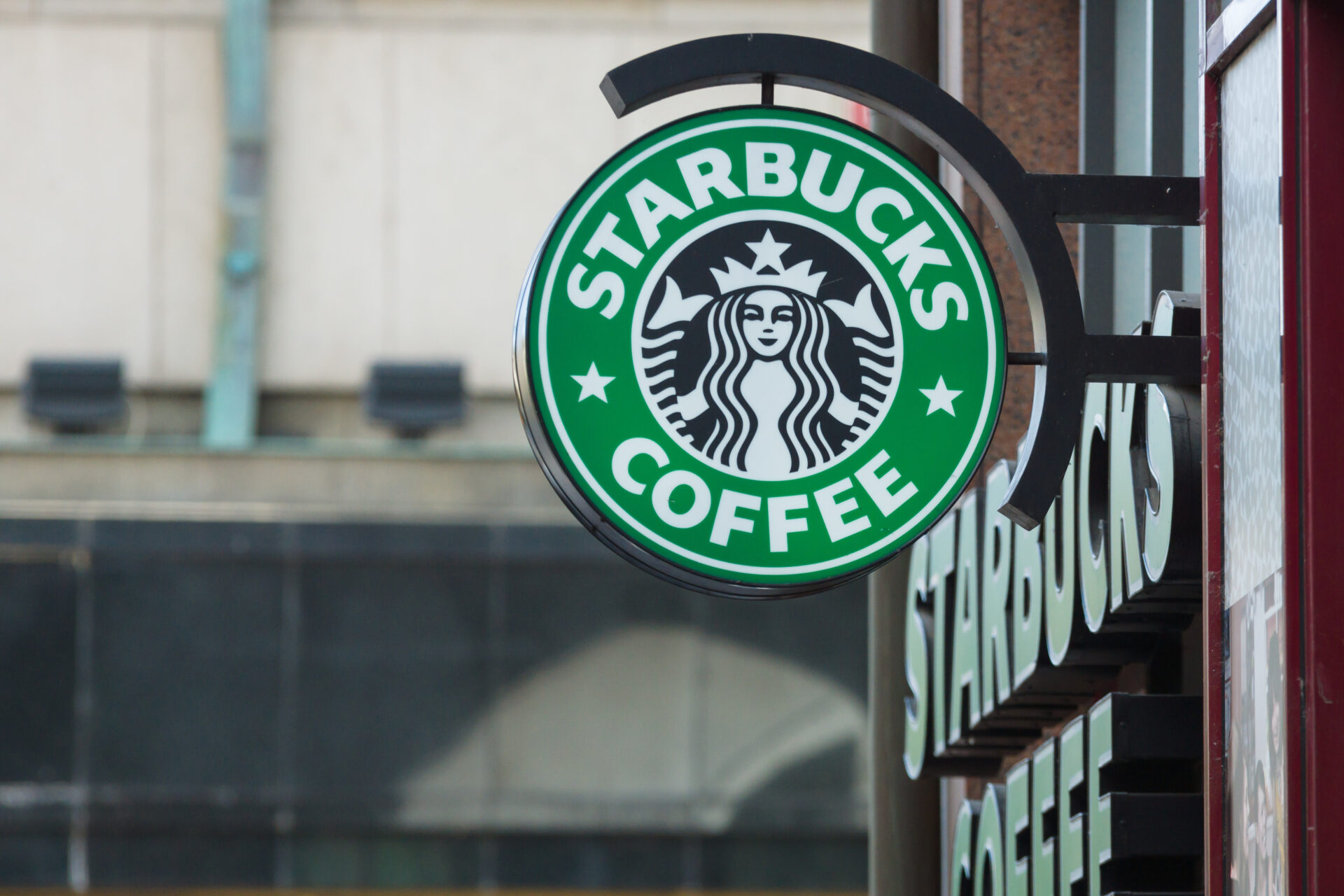
Starbucks Restructures: 900 Jobs Cut
Starbucks’ $1 billion restructuring plan signals a wake-up call for American workers and communities as corporate priorities shift amid persistent sales declines.
Story Snapshot
- Starbucks will close dozens of North American stores and cut 900 non-retail jobs by the end of 2025.
- The largest restructuring since the pandemic follows six straight quarters of declining sales.
- CEO Brian Niccol, appointed in August 2024, leads a strategy focused on cost-cutting and store renovations.
- Store closures and layoffs may disrupt local communities and further highlight economic challenges facing the retail sector.
Starbucks Announces Largest Restructuring Since the Pandemic
On September 25, 2025, Starbucks unveiled a sweeping $1 billion restructuring plan that will close about 1% of its North American stores—dozens of locations—and eliminate aexperience but0 non-retail jobs. The company is also set to renovate over 1,000 stores as part of its effort to “rebuild our core foundation,” according to CEO Brian Niccol. This move marks the first major restructuring under Niccol’s leadership, following six consecutive quarters of declining same-store sales, including a 2% global drop in Q3 2025. The closures and layoffs are targeted for completion by the end of the fiscal year, with affected employees offered transfers or severance.
Starbucks’ announcement comes amid growing competition in the coffee market and shifting consumer preferences. Inflation and rising labor costs continue to strain retail businesses, and Starbucks’ previous strategies—rapid expansion and premiumization—have faced mounting headwinds. The company has not disclosed which specific stores will close, creating anxiety among employees and local communities who rely on these locations for jobs and services. The restructuring is the most significant since the COVID-19 pandemic, when hundreds of stores were shuttered and operations shifted toward drive-thru and digital ordering.
#BREAKING: Starbucks to cut 900 jobs and close dozens of North American stores as sales struggle. pic.twitter.com/l9xXJBG2GJ
— Infina Alerts (@InfinaAlerts) September 25, 2025
Leadership and Strategic Changes Under CEO Niccol
Brian Niccol, who took the reins in August 2024 after serving as CEO of Chipotle, has emphasized the need for decisive action to restore growth and competitiveness. The restructuring plan is described as a multi-year effort by CFO Kathy Smith, underscoring the scale and complexity of the changes ahead. Starbucks’ leadership is motivated to improve profitability and customer experience, but faces scrutiny over the impact on workers and local economies. The company’s commitment to employee transfers or severance seeks to soften the blow, yet uncertainty remains for those affected by the closures.
For Starbucks shareholders and investors, the restructuring offers hope for improved returns and long-term stability. However, risks persist: negative perceptions of store closures could damage brand reputation, and the broader retail sector may see similar moves from competitors facing comparable pressures. The North American coffee market remains saturated, and economic challenges continue to test even the largest players.
Impacts on Employees, Communities, and the Retail Sector
The immediate effect of Starbucks’ restructuring will be felt by the 900 employees losing non-retail jobs and the workers at closing stores. Local communities may see reduced access to Starbucks locations, impacting both employment and customer convenience. While the company promises renovations and an improved customer experience at remaining stores, the broader implications include disruption for suppliers, partners, and the retail job market.
Industry analysts note that Starbucks’ move reflects a trend of cost-cutting and consolidation in retail and food service, as companies adapt to changing market dynamics. Brian Niccol, Starbucks’ CEO, emphasizes investments under the “Back to Starbucks” plan—redesigning over 1,000 locations to be warmer and more welcoming, improving service times, simplifying menus, and restoring the coffeehouse “third-place” experience. Others, however, caution that the mass layoffs and store closures—900 corporate non-retail roles plus more than 100 underperforming stores—risk damaging employee morale and undermining community trust, especially as many stores are central to their neighborhoods. The lack of transparency about which stores will close adds to the uncertainty, inviting criticism from labor advocates and local leaders.
Watch the report: Starbucks closing U.S. locations, cutting 900 jobs, CEO says
Sources:
Starbucks to cut 900 jobs and close dozens of North American stores as sales struggle
Starbucks Is Closing Shops and Cutting Costs as Its Turnaround Effort Continues


